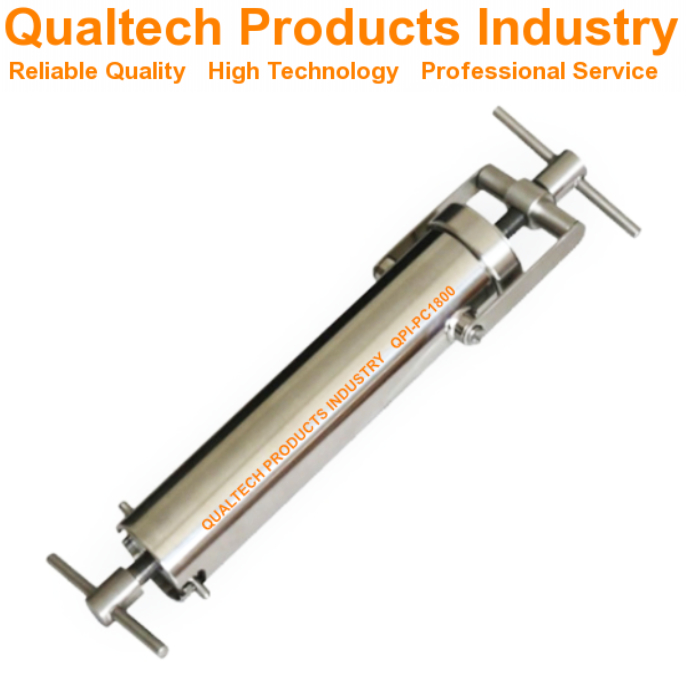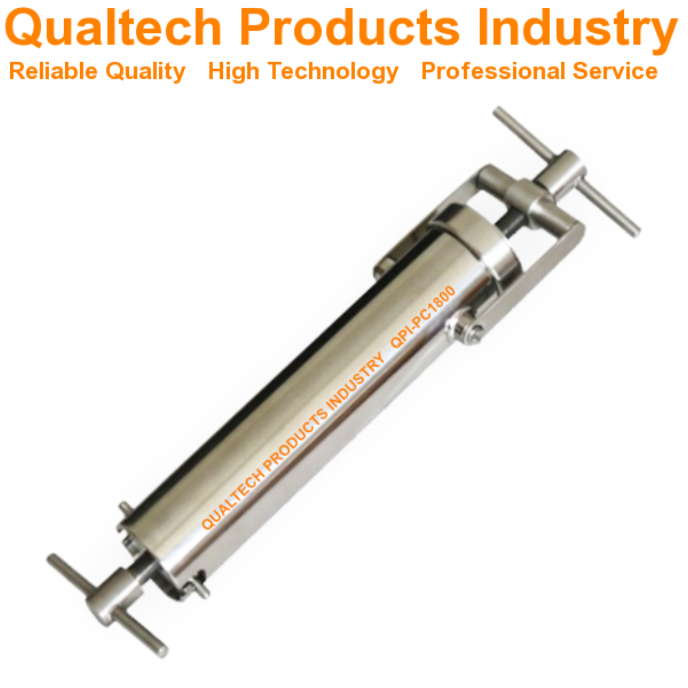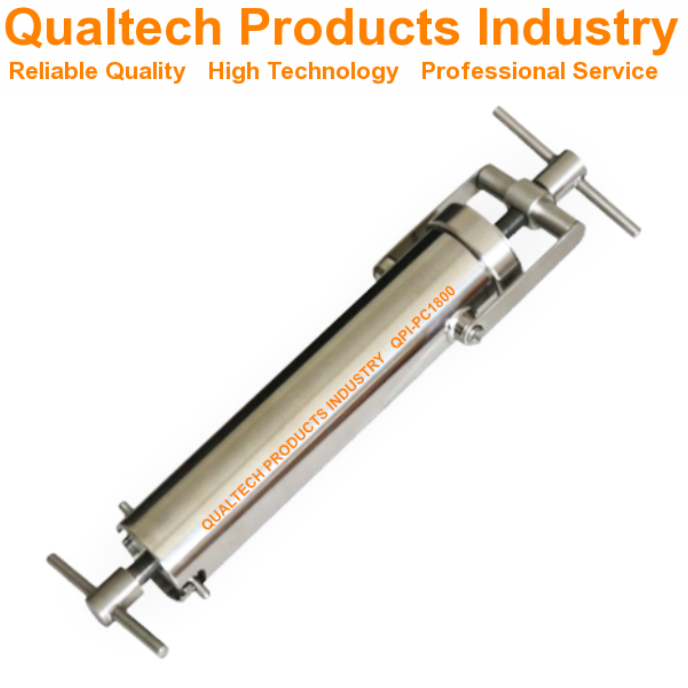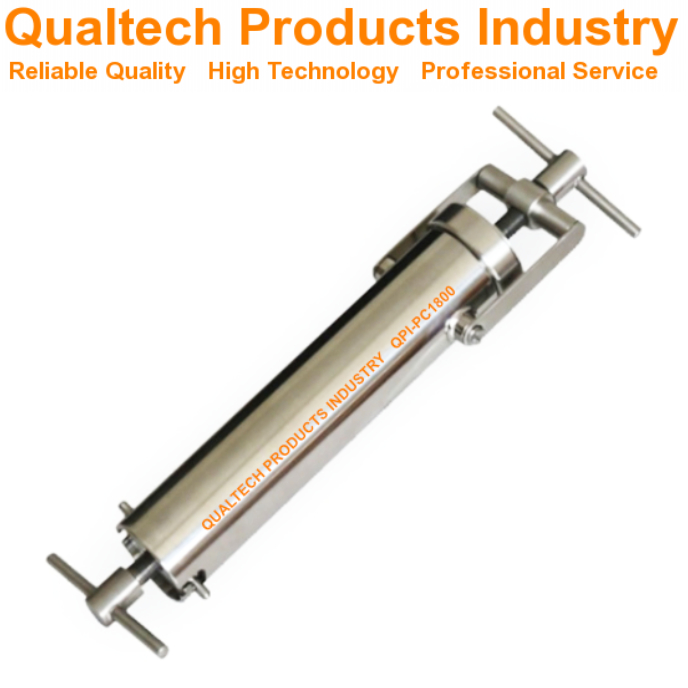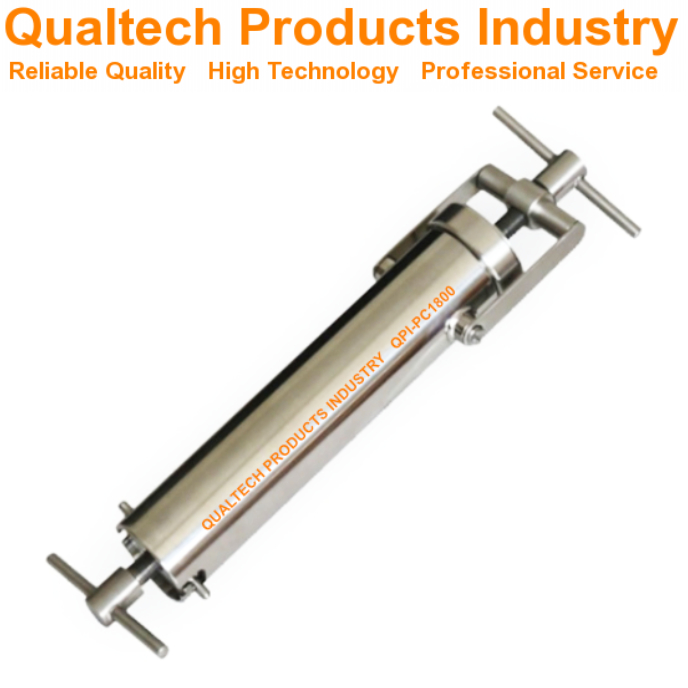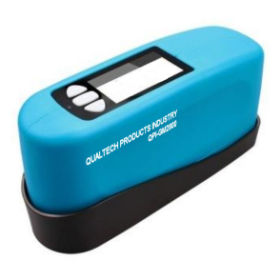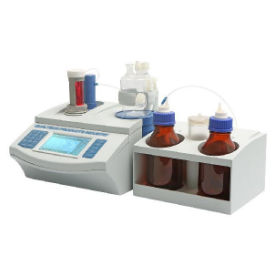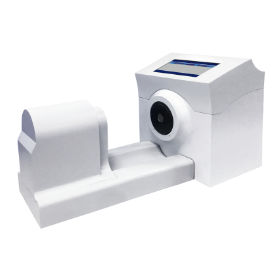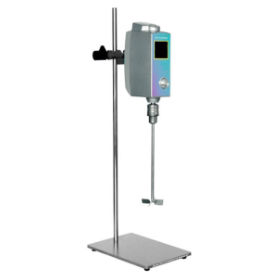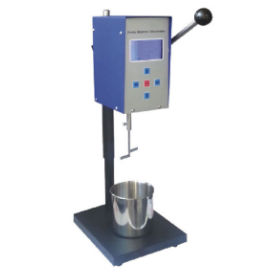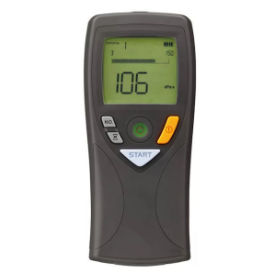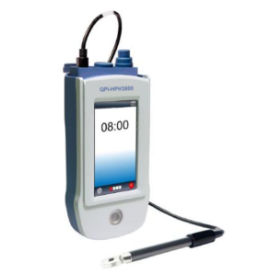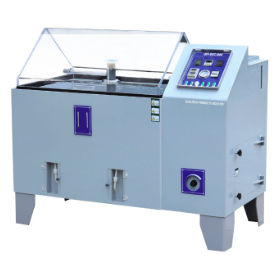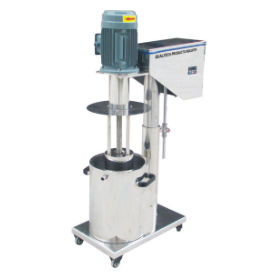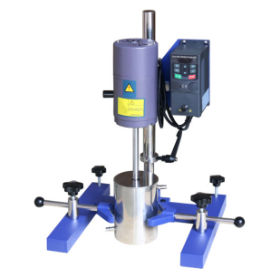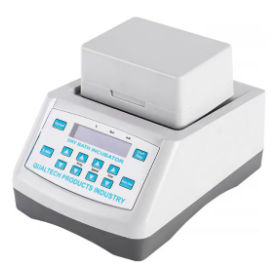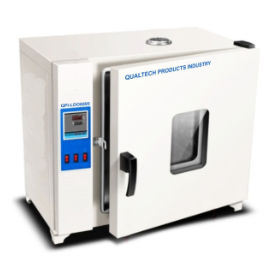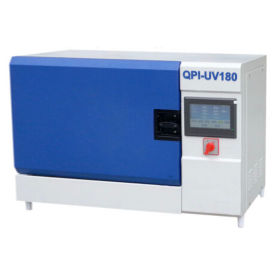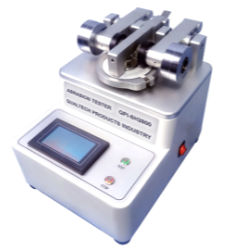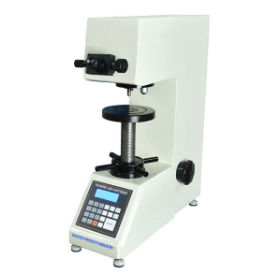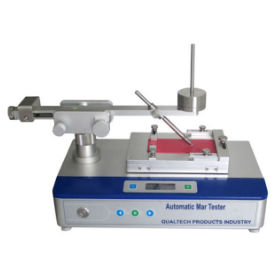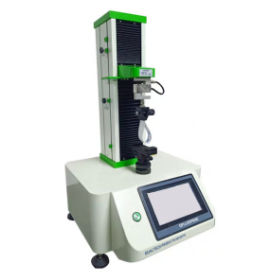Pressure Cup Method - Application:
The Pressure Cup Method presented in ISO 2811-4:1997 "Paints and varnishes - Determination of density - Part 4: Pressure cup method," is a standardized Test Method for measuring the density of liquids, particularly paints and varnishes.
Materials and Equipment:
- Pressure Cup QPI-PC1800: The Pressure Cup QPI-PC1800 is the specialized instrument designed for this specific test method. It is precision engineered and consists of a Stainless Steel Cup Body, a Stainless Steel Lid with a high-quality Pressure Release Mechanism and a calibration collar.
- Distilled or deionized water: The purified water is used for the initial calibration step.
- Environmental Chamber QPI-EC: Det Pressure Cup QPI-PC1800 and Sample Liquid are maintained at a specific temperature throughout the high-precision sample measurement.
- Thermometer: An accurate thermometer is required to monitor the temperature of the water and Sample Liquid.
- Balance: Det Analytic Balance QPI-120PS is used to weigh the empty Pressure Cup QPI-PC1800 and again later the Pressure Cup QPI-PC1800 filled with the Sample Liquid.
Pressure Cup Method - Preparations:
- Cleaning and Drying: Ensure the Pressure Cup QPI-PC1800 is clean and completely dry before starting the measurement.
- Pre-heating the Environmental Chamber QPI-EC: Set the Environmental Chamber QPI-EC to the required test temperature, usually 23°C as specified in the standard.
Calibration with Water:
- Fill with Water: Almost completely fill the Pressure Cup QPI-PC1800 with previously boiled distilled or deionized water that has cooled to slightly below the test temperature, usually around 1°C cooler.
- Secure the Lid: Tightly secure the Lid of the Pressure Cup QPI-PC1800.
- Place in Environmental Chamber QPI-EC: Place the Pressure Cup QPI-PC1800 filled with water inside the Environmental Chamber QPI-EC and allow it to equilibrate to the test temperature.
Pressurization and Calibration:
- Compress Water: Once at the test temperature, use the reliable Screw Mechanism af Pressure Cup QPI-PC1800 to compress the water inside. Continue turning the screw until the calibration collar stops moving further. This ensures a consistent level of compression for the calibration step.
- Weight measurement: Carefully remove the Pressure Cup QPI-PC1800 from the chamber and weigh it on the precision Analytical Balance QPI-PS120 and record this weight (M1).
Sample Measurement:
- Empty and dry: Empty the water from the Pressure Cup QPI-PC1800 and ensure it is completely dry.
- Fill with Sample Liquid: Carefully fill the Pressure Cup QPI-PC1800 with the Sample Liquid, for example, paint, varnish or other Sample Liquids. Ensure the Pressure Cup QPI-PC1800 is filled to the same level as with the water during the calibration.
- Repeat pressurization: Repeat steps to pressurize the Pressure Cup QPI-PC1800 med Sample Liquid and record the weight after removing it from the Environmental Chamber QPI-EC.
Calculations:
The density (ρ) of the test liquid is calculated using the following formula:
ρ = (M2 - M1) / (Volume of the cup x (1 - ρ_water))
M1 = Weight of the pressure cup filled with water
M2 = Weight of the pressure cup filled with test liquid
Volume of the Cup = This value is typically provided by the pressure cup manufacturer.
ρ_water = Density of water at the test temperature (consult a reference table for the specific value).
Det Pressure Cup Method ISO 2811-4 determines the density of various liquids, including paints and varnishes.






